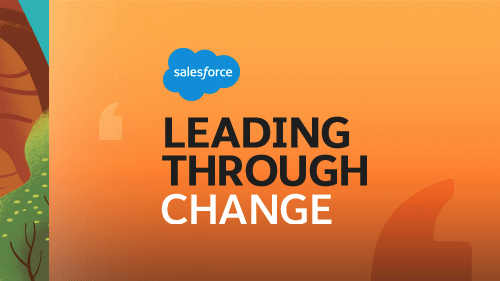Whether it’s a global issue like COVID-19 or a local emergency, businesses must have a crisis communication plan in place for their customers. This goes beyond minor adjustments to marketing messages. The plan must extend to customer service teams, your website, social channels, customer-facing staff and more.
While we often can’t control an external crisis, we can control our response to it.
Here are seven steps to help you communicate the impact of a situation and next steps to your customers.
1. Show that you care
People seek connection during times of uncertainty. Companies in our communities play a role in this. Consider a message to customers to show you’re aware of the issue and offer helpful resources. Social media, email or your online community are particularly useful for a brief and immediate message.
2. Communicate proactively
Your customers count on you during a crisis even more than usual. Proactively announce changes or impacts to your business. Do not make customers hunt for the information they need – bring it to them. Proactive communication will free up staff to focus on tasks other than answering the same customer questions over and over again.
3. Select the right channels
Create communication that is appropriate within a variety of channels, including email, SMS, push notifications, social, IVR systems, chatbot introductions, homepage modals and headers, and dedicated web landing pages. Establish a parallel approach designed to inform customers and employees in equal measure as appropriate.
4. Empathise and go the extra mile
Show your humanity with an authentic, sensitive response that shows you understand your customers’ changed needs. For example, Walgreens and CVS pharmacies in the US are waiving prescription medicine delivery fees during the novel coronavirus pandemic. Locally, community pharmacies have been doing the same, while some daycare centres are running video calls so kids in isolation at home can still have morning tea or story time with their friends (and parents can have a much-needed timeout!).
5. Inspire your audience
In times of need, those who are not affected are often in a position to assist others. You can be a catalyst by allowing corporate citizenship to shine. Do all you can to help, such as:
- Share a donor portal.
- Communicate your philanthropic position.
- Assist with collection coordination.
- Donate products, services, money or time.
- Communicate how your brand’s community can get involved.
6. Audit your content queue
Review your entire messaging stream including social media, promotional and transactional emails, push notifications, and SMS to identify communications that need to pause or shift. Otherwise, there is a risk of damaging your brand if a poorly timed message is perceived as insensitive, incorrect or seeking to capitalise on a tragedy.
7. Coordinate and plan together
Planning communications must be a company-wide effort. Develop a cross-functional ‘Go Team’ with experts from public relations, social, email, mobile, website, design, data/IT, philanthropy, stores/field, logistics, supply chain and customer service to coordinate teams and efforts.
Document responsibilities throughout the organisation as they relate to customer-facing communications. Establish a crisis strategy and craft templates for communications. And if there’s time, do a practice run to make sure your plans and strategies are sound.
Find more advice for leadership, remote work, leading your business and more in the Leading Through Change series – our community is sharing insights and expertise to help businesses survive and thrive.























